


Take a tour of over 15 famous castles in Honshu, Japan, including World Heritage castles, National Treasure castles, castles with existing tower keeps, flatland and famous mountain castles. As an option, add other castles, such as Hiroshima Castle or create a custom-made tour that narrows down the particular castles you want to visit.
*Please refer to the itinerary section for the full tour schedule.

Matsumoto Castle in Nagano Prefecture, one of the most picturesque of all samurai castles, is in fact five separately designated National Treasures in the one complex. Constructed in different stages and different eras, one can see the evolution of castle construction in this magnificent keep.
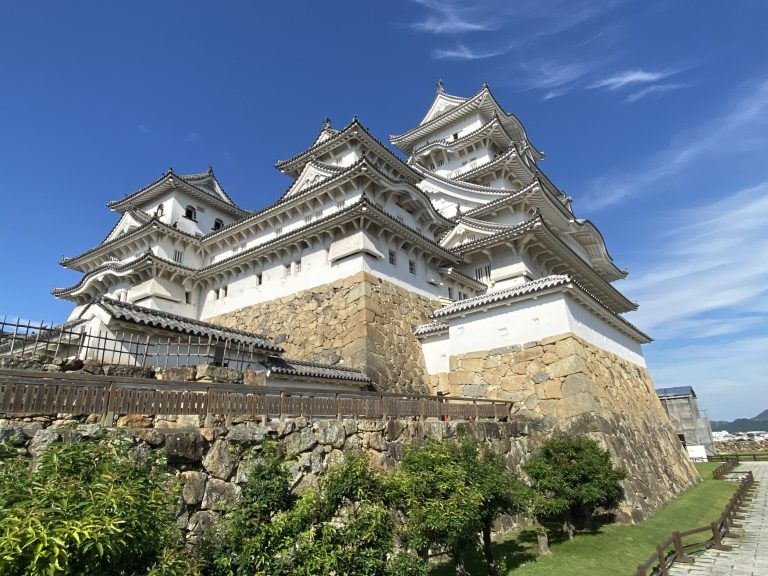
A National Treasure and a UNESCO World Heritage site, Himeji is one of the best preserved of all castles across Japan. An excellent example of samurai form and function, where the beauty of Himeji hides its deadly secrets. An intricate ground plan designed to confuse and trick attacking forces takes you into various traps, each one a visual treat.

Imposing black clad Matsue Castle is among the largest of authentic remaining keeps and contains a sensational collection of samurai armor and weapons among the traditional wooden architecture. Discover the differences in keep design and construction, and the secret defenses that no other National Treasure castle have.

Originally the upper three floors of the Sekigahara related battle-damaged Otsu Castle, and recycled for use at Hikone, this castle keep was saved from destruction at the end of the feudal era on the orders of Emperor Meiji himself. The remaining structures and the entire castle site, carved from the mountain and lined with stone, are a treat for anyone interested in samurai tactics and defenses.

While it may look small in comparison to nearby Nagoya Castle, for a 1500’s Sengoku, or Warring States built castle keep, this was huge! Well positioned on a wedge shaped bluff with excellent views over the provinces of Owari and rival Mino, and protected by the wide, flowing Kiso River, Inuyama is a battle ready old style samurai castle. View the keep and compare it with the architecture of Matsue, inspect the defenses of the oldest remaining keep and compare it with later castles such as Hikone, and discover the development of samurai castles.
Arrive in Tokyo via Narita or Haneda Airports
Hotel near Tokyo Station (e.g. Hotel Metropolitan Tokyo Marunouchi)
From Tokyo Station we head north to Aizu Wakamatsu Castle, famed for its role in the civil Boshin War of 1868 fought between the Shogunate’s samurai and the New Imperial Armed Forces, and in particular, the actions of the teenage samurai brigade known as the Byakkotai. Enjoy the scenery and stories of Aizu Wakamatsu Castle and a night in Aizu Wakamatsu.
Hotel in Aizu Wakamatsu (e.g. Hotel New Palace)
From Aizu Wakamatsu we return via Shinkansen to Tokyo, where we visit the Shogun’s mighty Edo Castle in the very heart of sprawling Tokyo, now the Imperial Palace and home of the Emperor. Admire the castle’s historical moats, stone walls, remaining gates, and turrets, and gain access to Edo Castle’s innermost compound, where the Shogun’s palace once stood to climb the stone base of Edo’s former tower keep. See other sites of historical interest and learn about one of the world’s largest castles, Edo Castle.

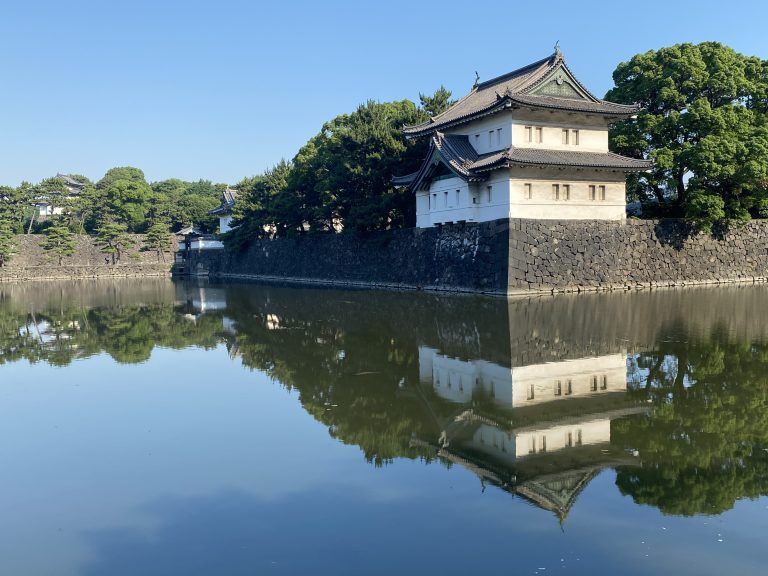
Hotel near Tokyo Station (e.g. Hotel Metropolitan Tokyo Marunouchi)
From Tokyo we take the Shinkansen to Odawara Castle, in operation from 1447, and the base of the mighty Hojo clan, last of the warlords to defy the unifier Toyotomi Hideyoshi. Odawara faced the greatest siege ever in 1590, when 220,000 Toyotomi samurai surrounded the 82,000 samurai in Odawara in what is recognised as “The most unconventional siege in samurai history!”. While most visitors only see the main tower and its fascinating internal exhibitions, there is so much more to Odawara Castle than many are aware of. From Odawara Castle, we visit the ruins of nearby Ishigakiyama Ichiya Castle, the “Overnight Castle”, so named as it was said to have been built by Hideyoshi overnight, shocking the Hojo into capitulating. Discover the true story and details of Ishigakiyama and of Odawara Castles.

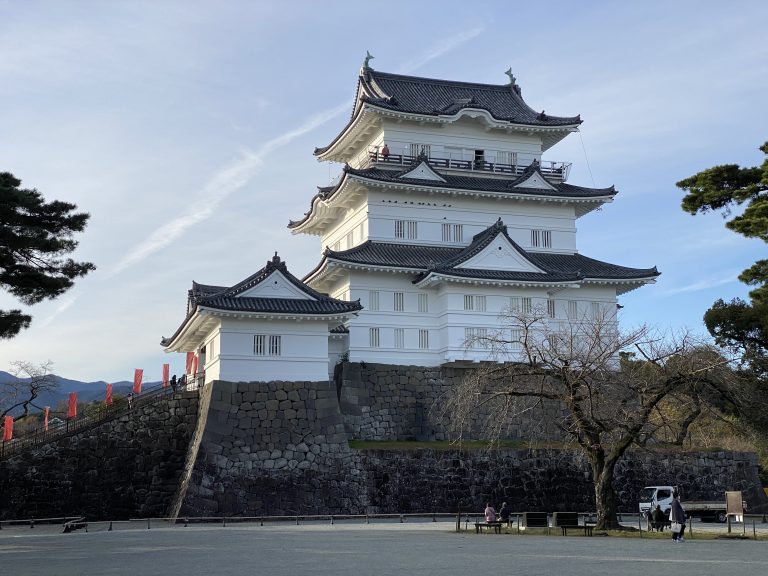
Hotel near Odawara Station (e.g. Tenseien Odawara Station Hotel)
From Odawara we travel vial Shinkansen to Nagoya Castle, the Tokugawa clan’s second greatest castle after Edo. Nagoya Castle was built in 1610 at the peak of Warring States period castle construction techniques. Learn about the secrets of Nagoya Castle, how and why it was constructed, and its many hidden defensive capabilities. A must see is the magnificent Honmaru Goten Palace with its golden walls, said to be the pinnacle of samurai palace construction and decorative arts, built by the Shogun, Tokugawa Ieyasu, for his son, the lord of the Owari (Nagoya) Tokugawa clan, the politically and financially strongest branch of the mighty Tokugawa clan.
Stay overnight in Nagoya.

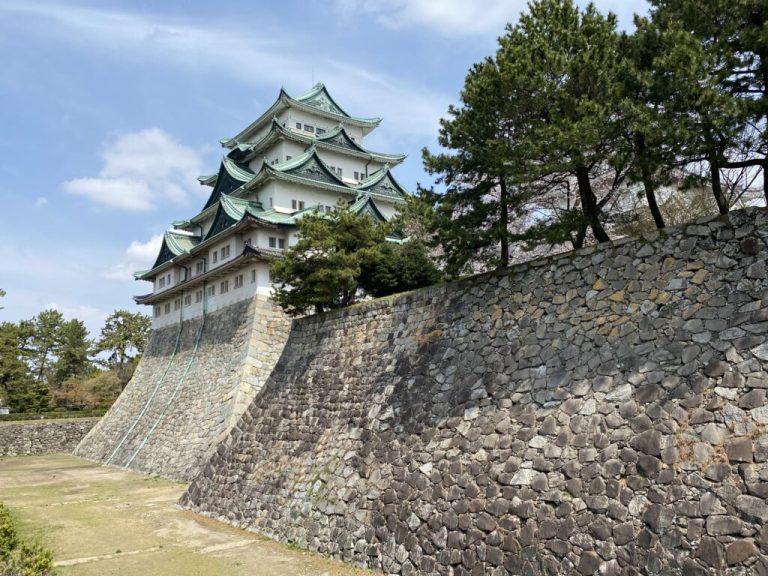
Hotel near Nagoya Station (e.g. Nagoya Marriott Associa Hotel)
Visit Japan’s oldest extant castle keep, the National Treasure designated Sengoku (Warring States) period Inuyama Castle. Understand how and why Inuyama was positioned where it is, and its vital importance. Feel the history walking the halls of this remarkable wooden structure, examine the ancient architecture and see the magnificent view afforded from the uppermost floor, covering both home and enemy territory.
After seeing Inuyama Castle, take a walk around the remaining castle town below, enjoying various shops in traditional buildings. As an option, a luxurious lunch can be arranged at a hotel with a grand view of Inuyama Castle.

Hotel near Nagoya Station (e.g. Nagoya Marriott Associa Hotel)
Two hours by express train from Nagoya is National Treasure Matsumoto Castle, one of the most picturesque of all samurai castles. Discover the exciting history of the castle, go inside the 16th century towers to see the original architecture and the fine collection of samurai matchlock guns, armour and weapons on display. Visit the nearby museum to learn about the local history and the lords of Matsumoto. Matsumoto Castle’s keep is not open to the public at night, but it is well lit up, and as we’ll be staying the night, we recommend a night visit as well.

Hotel in Matsumoto (e.g. Hotel Buena Vista)
See the samurai castle that became world famous in the 1500’s having been visited by foreign missionaries, Gifu Castle! Owned by the Viper of Mino, warlord Saito Dosan, and captured by his son in law, Oda Nobunaga, Gifu Castle played a major role in medieval samurai history. Visit the mountaintop Gifu Castle and see the relics and treasures of the Oda clan’s Sofukuji Temple. As an option, between May 11 and October 15, visitors can choose to join a Nagaragawa boat tour below Gifu castle and experience the 1,300 year old traditional night-time cormorant fishing techniques, much enjoyed by Oda Nobunaga and used as a source of entertainment and hospitality. Samurai History and Culture Tours can assist in making bookings and arranging dinner boxes. Accommodation at a traditional inn where one can enjoy hot springs can also be organized.
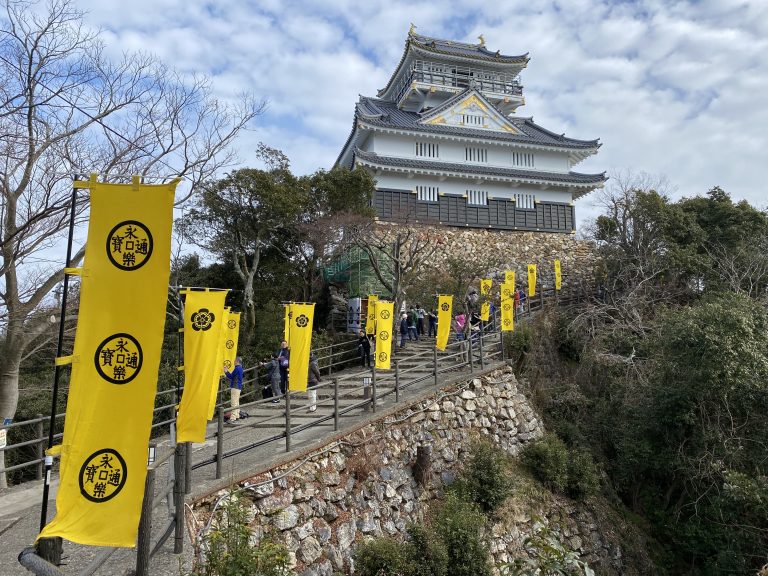
Hotel in Gifu City (e.g. Sugiyama)
Your driver will take you next to National Treasure Hikone Castle. Hikone’s vital role was to stop any Western allied battalions from infiltrating Eastern territories, as such it was a strong, surprisingly well developed and well positioned castle. After visiting Hikone Castle Museum, the nest stop is Azuchi Castle. Difficult to reach but rewarding, the ruins of Oda Nobunaga’s magnificent Azuchi Castle — a castle so innovative, it forever changed the way samurai castles were constructed — is just as awe inspiring now as it was 450 years ago! Climb the mountain and see the ishigaki stone walls, enclosures, and defensive features. Visit the enthralling Azuchi Castle Museum and see the authentic full-sized recreations of the tower keep’s stunning 5th and 6th floor rooms of red lacquer and gold! From Shiga, we head to Kyoto.
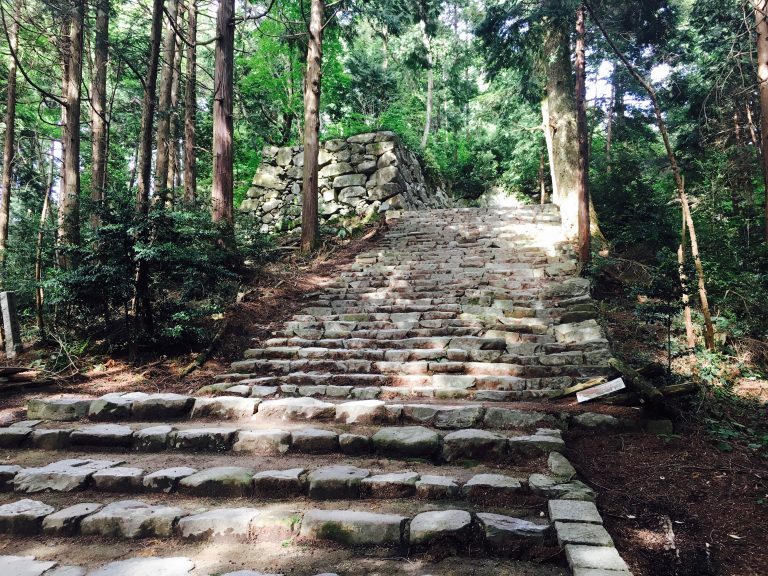

Hotel near Kyoto Station (e.g. Rihga Royal Hotel Kyoto)
Completed in 1603, Nijo Castle where the Tokugawa Shogunate started — and ended! It was the Kyoto residence of the Shogun on the occasions he came to the Imperial Capital. Tokugawa Ieyasu became Shogun here, and 265 years later, the 15th and final Shogun, Tokugawa Yoshinobu, announced the collapse of the Shogunate within Nijo. The over 420-year-old buildings of the National Treasure and World Heritage listed Ni-no-maru Goten Palace known for its ornate architecture and magnificent interiors, the gorgeous Kara-mon Gate and the Ninomaru Garden, are survivors from the golden ages of Japanese architecture and design.
After Nijo Castle, enjoy Kyoto at your leisure, or if you would like to visit other samurai-related historical sites, or more castles, please let us know, and this can be arranged.
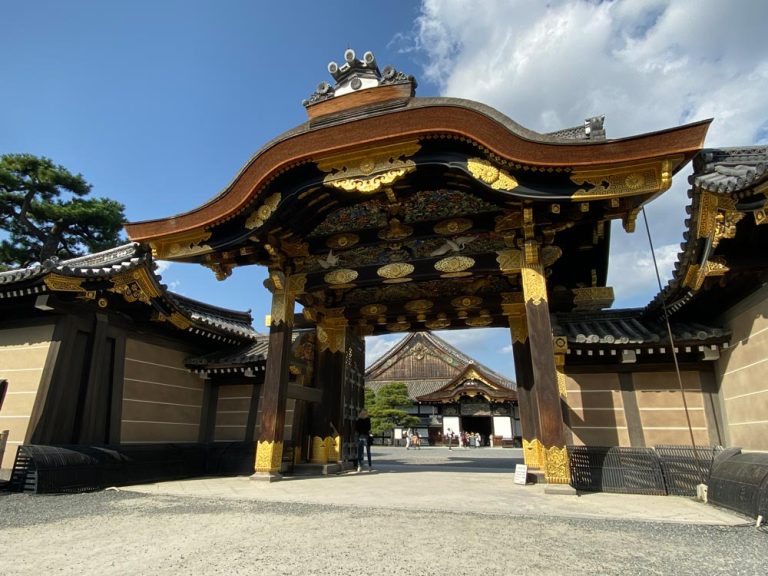
Hotel near Osaka Station (e.g. Hotel Granvia Osaka)
From Kyoto, Bullet Train your way to the UNESCO World Heritage and Japanese National Treasure designated Himeji Castle. Originally built by Toyotomi Hideyoshi, and later greatly expanded and improved under Tokugawa control. We recommend having a guide take you around the sprawling grounds and explain Himeji Castle, there is just so much to see, learn and enjoy at the elegant Himeji Castle.
Stay in Himeji

Hotel near Himeji Station (e.g. Hotel Monterey Himeji)
From Himeji, take the Shinkansen to Okayama Station and head to original condition Bitchu Matsuyama Castle (not to be confused with Matsuyama Castle in Ehime). Bitchu-Matsuyama Castle’s Important Cultural Property designated keep is only two stories high, because being built atop a mountain, a larger, taller keep wasn’t required. One of only 12 extant castle keeps remaining in Japan, and at an elevation of 430 meters, the highest, Bitchu-Matsuyama Castle was originally constructed in 1240 on a precipitous, difficult to attack mountain. It’s a steep 20-minute climb from the bottom, but the rewards at the top are worth it. Be amazed at the stonework surrounding the mountain top castle, and at the earthworks required to complete it. Inside there are displays explaining the castle’s history and the efforts to preserve it. After Bitchu Matsuyama, return to Okayama. Stay in Okayama.
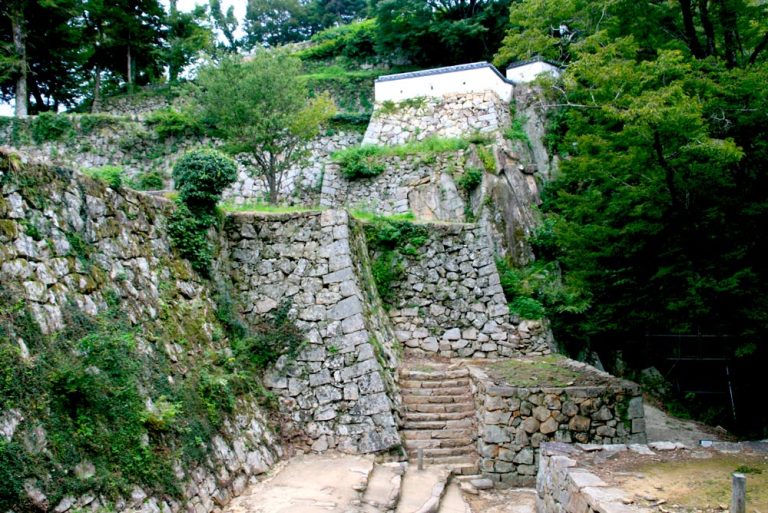
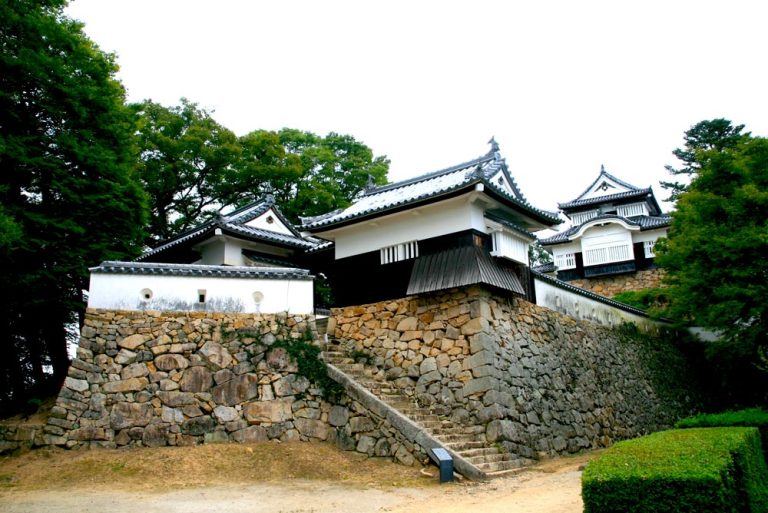
Hotel near Okayama Station (e.g. Hotel Granvia Okayama)
From Okayama Station, take the express train to Matsue in Shimane Prefecture, and visit the fifth and final castle to obtain National Treasure status, Matsue Castle. Marvel at the fascinating architecture of this original condition castle. Matsue also contains a fine selection of samurai armor, weapons and items.

Hotel near Matsue Station (e.g. Matsue Excel Hotel Tokyu)
Return to Okayama from Matsue and visit unique Okayama Castle.
Known as U-jo, the Cormorant Castle, as it resembles a black cormorant spreading its wings as it watches over the river below, Okayama Castle’s tower keep was completed in 1597. The keep starts as a pentagonal shape, and gradually changes to square, making the roofing quite complex. The interior museum is a fascinating look at the samurai and warlords who commanded Okayama. Next, take the Shinkansen from Okayama Station to Osaka. If time permits, see Osaka Castle at night, and make a proper inspection the next day. Overnight in Osaka
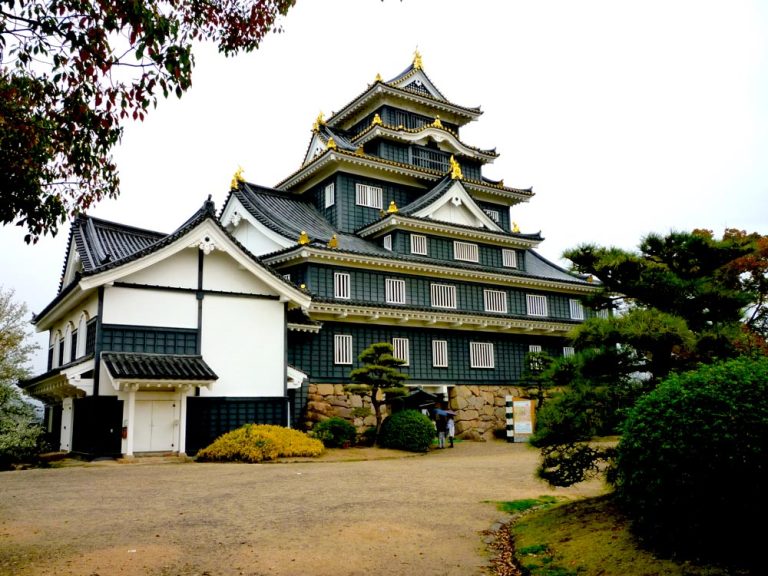
Hotel near Osaka Station (e.g. Hotel Granvia Osaka)
From Osaka head to Kansai International Airport to catch your flight.
Hotel near Tokyo Station (Day 2)
Comfortable clothing and shoes for walking.
This experience is booked on request. The owner of the experience will respond to the request within 5 days
| Cancellation Date | Cancellation Fee |
|---|---|
| No-show or cancellation after tour departure | 100% of the tour price |
| On the tour date | 50% of the tour price |
| 1 day prior to the tour date | 40% of the tour price |
| 2 to 7 days prior to the tour date | 30% of the tour price |
| 8 to 20 days prior to the tour date | 20% of the tour price |
| 21 or more days prior to the tour date | Free |